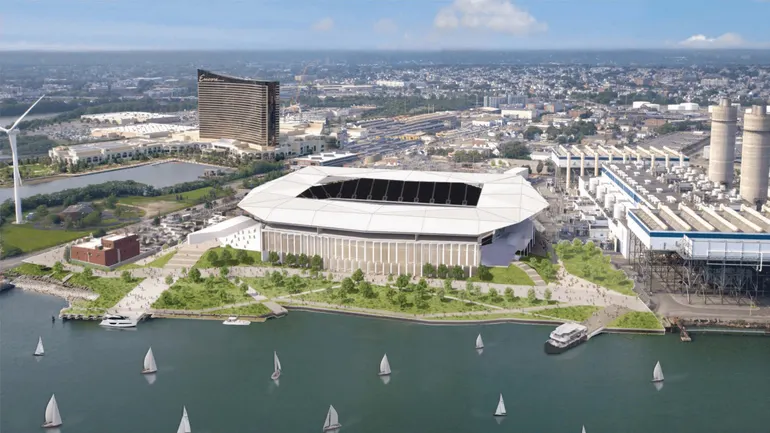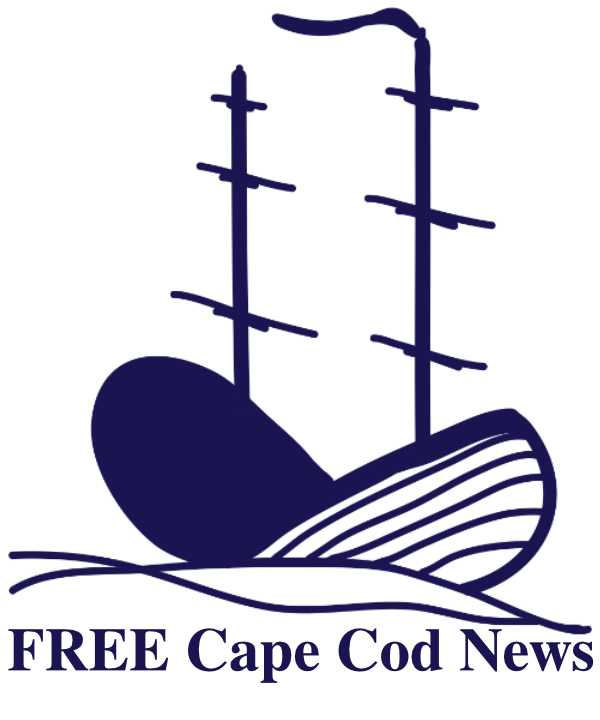LOS ANGELES — California and the U.S. government announced an agreement Tuesday to open up areas off the state’s central and northern coasts to the first commercial wind energy farms on the Pacific Coast.
The pact that would float hundreds of turbines off the coast of Morro Bay and Humboldt Bay was touted as a breakthrough to eventually power 1.6 million homes and help the state and federal government reach ambitious climate change goals through clean energy production.
“California, as we all know, has a world-class offshore wind resource, and it can play a major role in helping to accelerate California’s and the nation’s transition to clean energy,” National Climate Advisor Gina McCarthy said.
The plan includes floating 380 windmills across a nearly 400-square-mile (1,035-square-kilometer) expanse of sea 20 miles (32 kilometers) northwest of Morro Bay. The site could be finalized next month and could be put up for lease next year.
The announcement is part of President Joe Biden’s plan to create 30 gigawatts of offshore wind energy by 2030.
The new projects — if approved and built — would provide a major expansion of offshore wind power in the U.S. Currently, there are just two working offshore wind farms — off Block Island in Rhode Island and off Virginia — but more than two dozen others are in development.
The projects will require several stages of approval — from an early review by the Coastal Commission to federal and state environmental reviews after a lease sale, said Sandy Louey of the California Energy Commission.
‘We’ve lost too much time’: US rejoins Paris climate accord 107 days after leaving it
California Gov. Gavin Newsom, a Democrat, said he included $20 million in his revised budget proposal this month that would help expedite environmental review of the projects.
“We value process but not the paralysis of a process that takes years and years and years that can be done in a much more focused way,” Newsom said.
Environmental groups — including Audubon and the Natural Resources Defense Council — issued statements in support of the project with the caveat that fish, seabirds and marine mammals are protected.
The Environmental Defense Center, which was founded in Santa Barbara after a massive offshore oil spill in 1969, echoed that sentiment, calling for minimal harm to species and coastal communities.
“We must remain vigilant in our efforts to ensure offshore wind is a net positive for California by also implementing robust environmental protections,” Kristen Hislop said in a statement.
Fishermen, however, are concerned that construction and operation of projects on this scale could disrupt the ecosystem and that they were not consulted on the impact the locations could have on their industry.
“We feel we’ve not been invited to have a seat at the table. We feel we’re on the menu,” said Mike Conroy, executive director of The Pacific Coast Federation of Fishermen’s Associations.
The area off Morro Bay is a fishery for tuna and sword fish and he’s concerned that the floating turbines could change migratory patterns of whales and other species. If blue and humpback whales, for example, are forced closer to shore, it could bring closures of Dungeness crab fishing.
The areas were chosen by agreement with the state, the Department of Interior, which oversees the Bureau of Ocean Energy Management, and the Department of Defense, which conducts training and weapons testing off the coast.
The agreement comes two weeks after the Biden administration announced a $3 billion project off the coast of Martha’s Vineyard in Massachusetts that would power 400,000 homes with 84 turbines. The 800-megawatt Vineyard Wind project would be the first utility-scale wind power development in federal waters.
Another proposed project, Ocean Wind, off New Jersey would create 1,100-megawatts of power.
Those wind farms would be dwarfed by the scale of the California projects.
The California wind farms would produce a combined 4.6 gigawatts, with the Morro Bay operation providing two-thirds of that output. Currently, wind turbines on mountain passes and in the deserts across the state can produce 5.5 gigawatts, according the California Wind Energy Association.
Unlike the East Coast wind farms where turbines are stationary, the California projects will employ a newer floating technology because the continental shelf drops off more quickly in the Pacific than in the Atlantic Ocean.
California set a goal to produce all electricity by 2045 through renewable energy resources and zero-carbon generating facilities.











